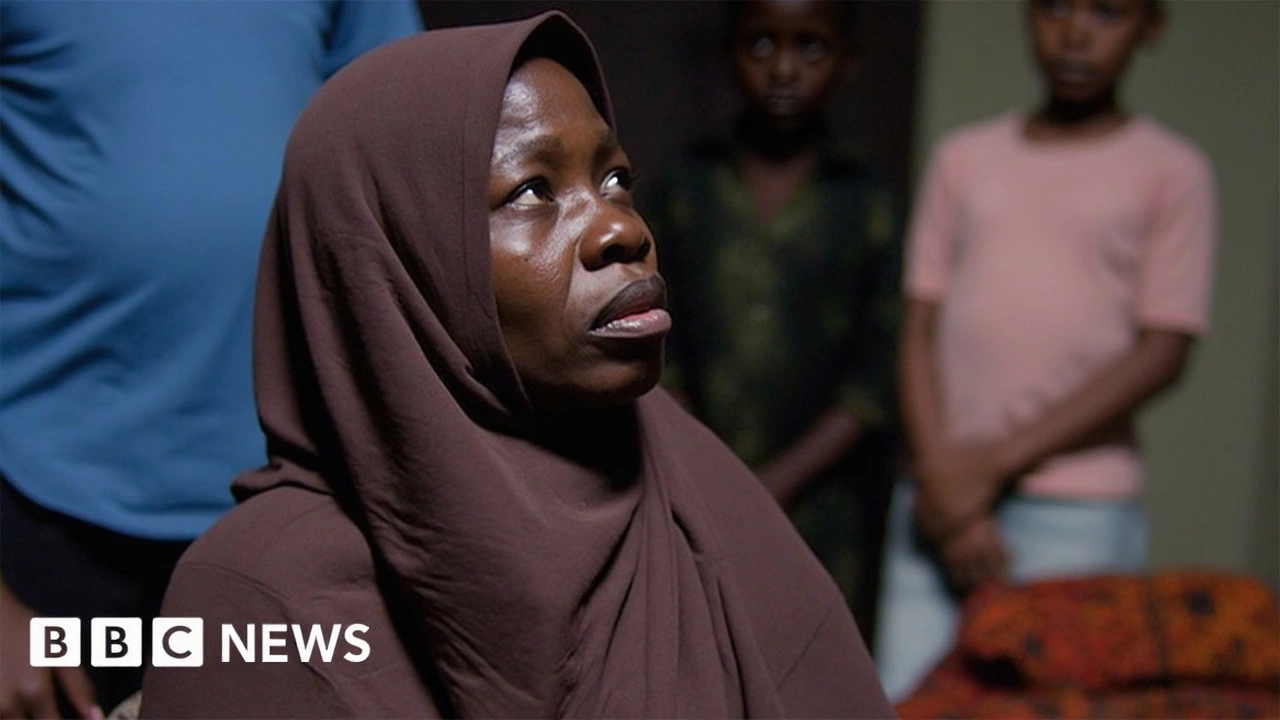Alau Dam Collapse: Understanding the Disaster and Its Impact
The Alau Dam collapse shook the local community and raised serious questions about dam safety in Nigeria. When a dam fails, it can lead to devastating floods, property loss, and even threaten lives. Let’s break down what caused this collapse and what it means for the people living nearby.
The Alau Dam, located in northeastern Nigeria, was built mainly to supply water for irrigation and support local fishing activities. However, on the day of the collapse, heavy rains overwhelmed the dam's structure. The resulting breach released a massive amount of water, flooding farmland, homes, and roads downstream quickly and without much warning.
What Triggered the Dam Failure?
Experts point to a combination of factors behind the collapse. Prolonged heavy rainfall played a major role, pushing the dam beyond its capacity. In addition, signs of poor maintenance and structural weaknesses might have made the dam vulnerable. Some reports suggest that early warning systems weren't effective enough to alert people in time, which increased the danger.
What Does This Mean Moving Forward?
This disaster highlights the need for improved dam management and better emergency preparedness. Authorities have been urged to inspect other dams for similar risks and invest in upgrading infrastructure. Communities downstream must be equipped with timely alerts and evacuation plans to reduce harm in future incidents.
If you live in areas near dams or in flood-prone zones, it’s smart to stay informed about your local water infrastructure. Knowing evacuation routes and having an emergency kit ready can make all the difference when disaster strikes.
While the Alau Dam collapse was tragic, it’s a clear call to action for safer dams and stronger protection. We’ll keep monitoring the situation and share updates as authorities respond and rebuild. Stay tuned to Village Gazette for reliable, up-to-date coverage that matters to your community.

When the Alau Dam gave way in September 2024, Maiduguri found itself under water, leaving up to 400,000 homeless and exposing residents to fresh waves of hunger and insecurity. While survivors struggle in packed shelters, stalled repairs and political wrangling mean another disaster could hit with the next rainy season.
Read More